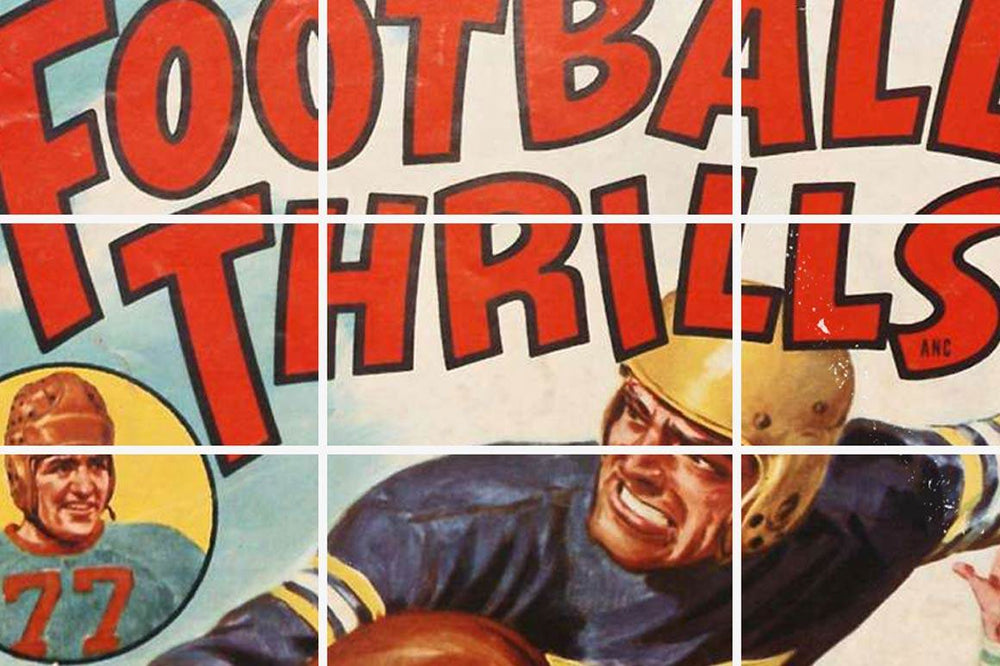The title of this essay is fundamentally misleading. I will describe some Dos that you can "do" to help ensure your compositions don't flop, but telling you "don't" isn't a great way to teach.
Failure is part of life, undoubtedly part of MY design process, and a necessary, though usually painful, part of growth in general. I couldn't put it better than this. "The burned hand teaches best. After that, advice about fire goes to the heart." Gandalf the Grey said that.
If you're not going to believe ME about making mistakes, then consider one of the most well-known wizards that ever didn't exist. Maybe you'll like this quote better? "Have no fear of perfection—you'll never reach it." Salvador Dali said that one.
Although, if you can't trust an art professor or a fake wizard, should you trust a surrealist?


